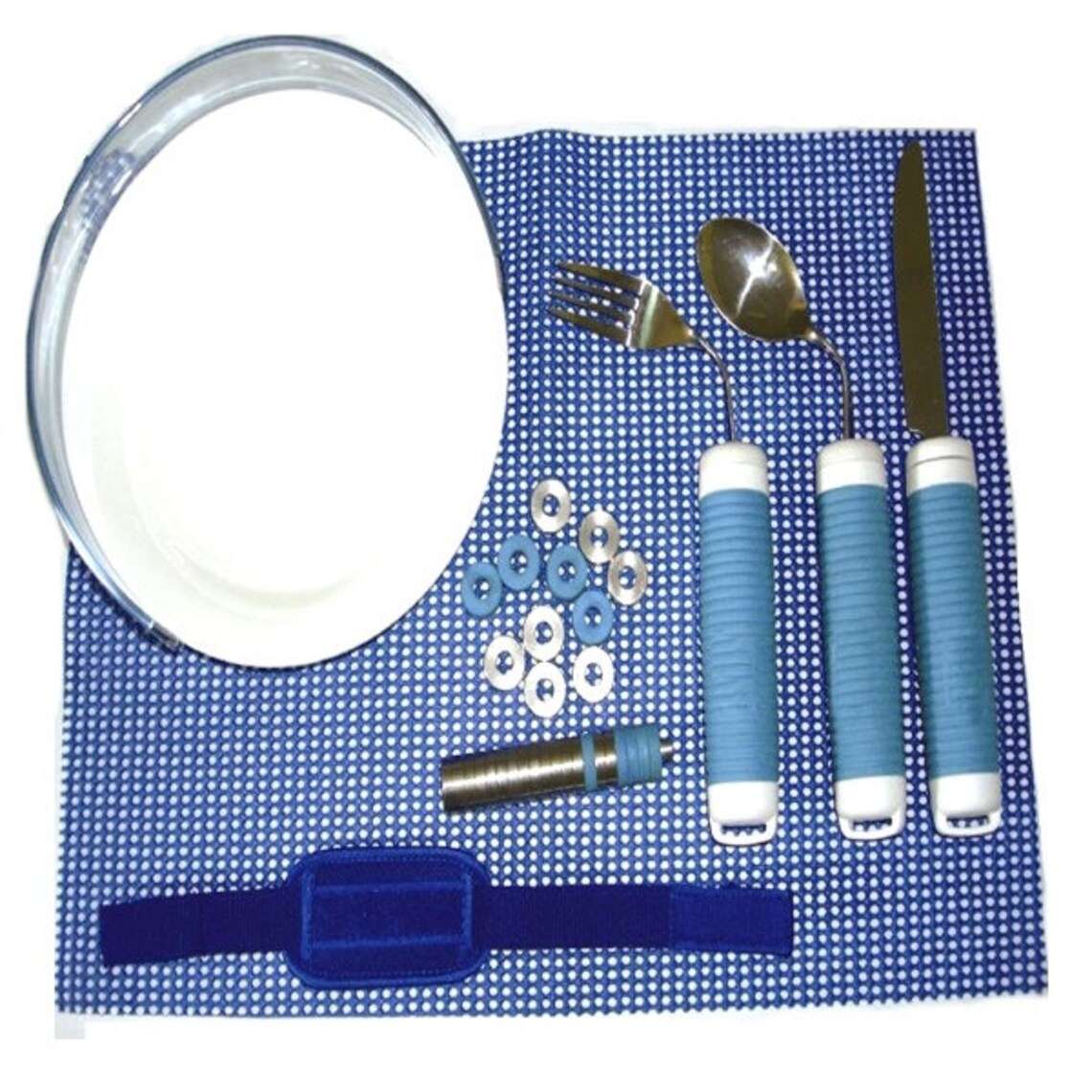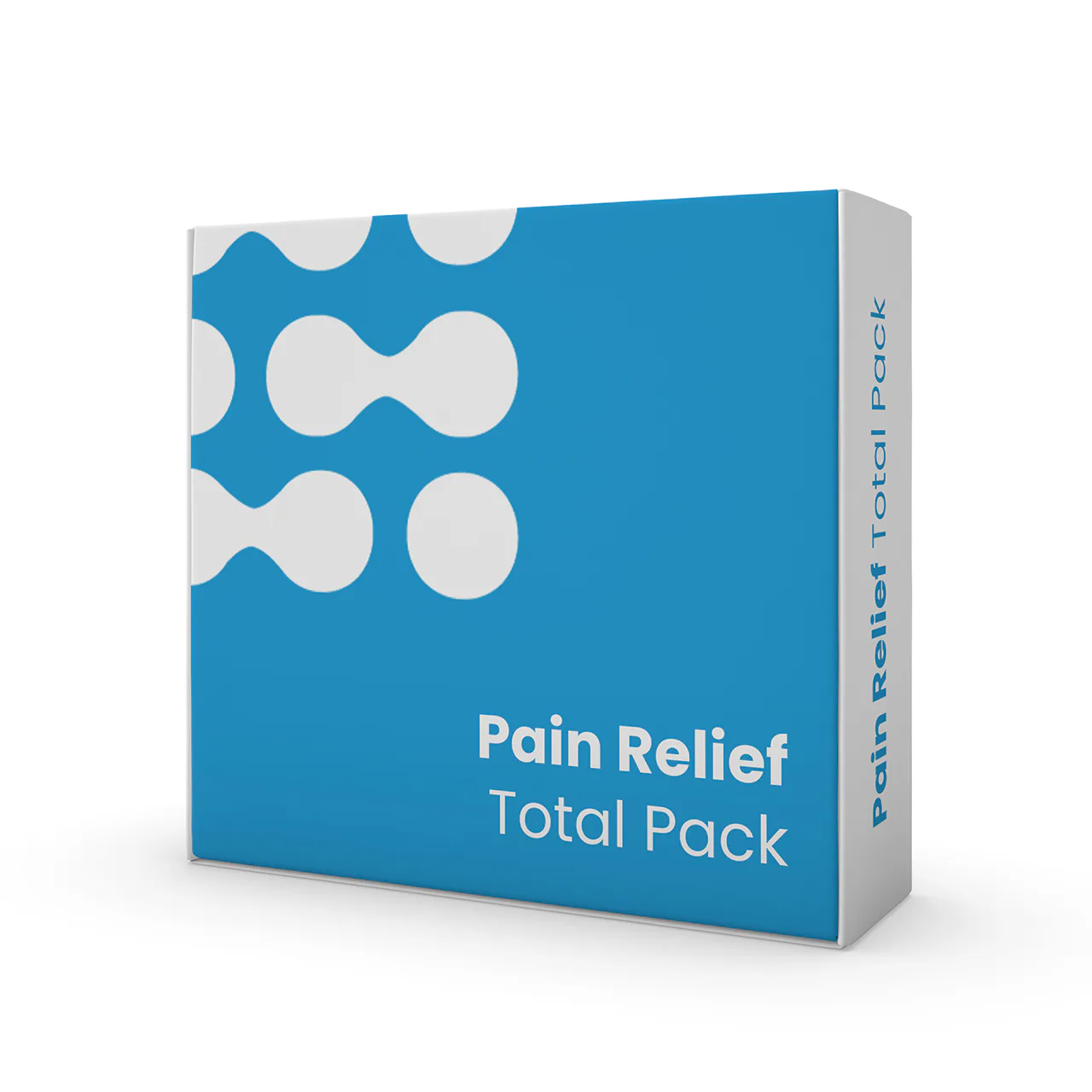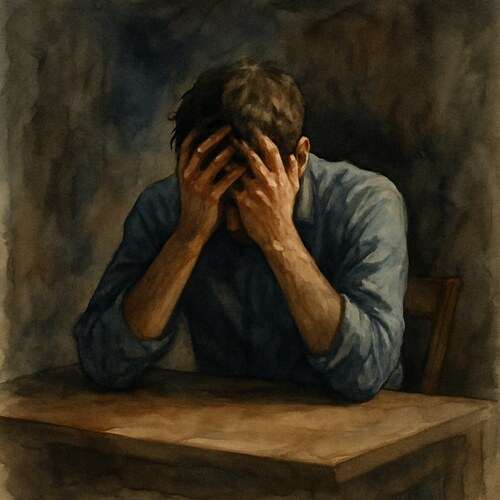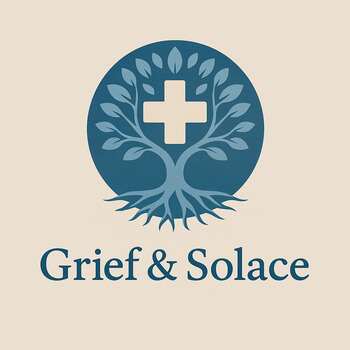Grieving Cerebral Palsy: Living with Hope, Mourning the Hard Truths
Grief in cerebral palsy lives between milestones missed and battles fought twice as hard, watching resilience rise but still feeling the ache of what was stolen.

This post blends real grief with grounded knowledge. It isn’t clinical. It isn’t distant. It’s meant to sit beside you—not above you. The story you’ll read is meant to reflect what so many feel when living through or witnessing this condition: confusion, exhaustion, and quiet forms of courage.
If what you read feels familiar, please speak with your doctor. Your pain deserves more than silence.
He Taught Me Bravery Before He Could Even Walk
He couldn’t speak yet, but he was already showing me what true courage looks like. Not the grand, cinematic kind. Not the kind that seems epic on mountain tops. Instead, it was the quiet kind. The kind that sheds tears silently during physical therapy but still gives it another go. The kind that instinctively recoils at each needle yet bravely holds out his arm. The kind that understands that other kids don’t stare *on purpose*, yet it still stings when they do…
🧠 Symptoms:
- Movement & Coordination:
Spasticity: Stiff muscles with exaggerated reflexes (most common type) - Rigidity: Stiff muscles with normal reflexes
- Ataxia: Poor balance and coordination
- Tremors: Involuntary jerking or trembling
- Dystonia: Slow, twisting, or writhing movements
- Favoring one side: Reaching with one hand, dragging a leg
- Abnormal gait: Toe-walking, crouched walking, scissor gait, wide stance
- Fine motor difficulties: Trouble using utensils or fastening clothes
- Speech & Eating:
Delayed or slurred speech - Difficulty chewing, sucking, or swallowing
- Excessive drooling
We weren’t informed right away. The doctors labeled it “developmental delay,” and we latched onto the word *delay* as if time alone could resolve everything. As if he was merely taking the scenic route to reach the same destination as everyone else. But then the scans arrived, The tightness, The missed developmental milestones, The term *cerebral palsy* landed in our lives like a stone dropped into a calm pond, creating ripples that continue to affect us.
Some days, he walks. Some days, he doesn’t. Some words ring out clearly as chimes, while others remain a puzzle we try to solve. Not for lack of effort on his part, but because his body doesn’t always cooperate…
The hardest part isn’t the physical challenges; It’s the way people often overlook him, as if a wheelchair implies a quiet mind, or that a speech device means he’s “not worth the wait.”
Complications:
- Contractures: Permanent tightening of muscles or joints
- Malnutrition: Due to feeding difficulties
- Respiratory issues: From poor muscle control or aspiration
- Orthopedic issues: Scoliosis, hip dislocation, osteoarthritis
- Osteoporosis: Due to limited mobility
- Seizures
- Pain and fatigue
- Mental health conditions: Especially depression and anxiety
- Skin, dental, and gastrointestinal problems
Causes:
- Prenatal brain development abnormalities
- Perinatal injury (during labor or delivery)
- Postnatal trauma or infection (e.g., meningitis, head injury)
- Genetic mutations
- Oxygen deprivation at birth (less common than once believed)
- Maternal infections (rubella, herpes, toxoplasmosis, Zika)
- Infant infections or strokes
He sees it all… Don’t let his gentle eyes mislead you; He senses when a room fills with pity instead of patience. He recognizes when his sister rolls her eyes at how long everything takes. He knows when I quietly cry in the laundry room, feeling empty yet aware that he still needs more from me.
The care is unending: Feeding tubes, leg braces, adaptive toys, therapy goals, it never stops. There’s no cure, just relentless, daily, fierce care.
Yet what he teaches us is that presence outweighs progress. That showing up is a profound expression of love. That a simple laugh from him can overshadow every heartache, that, in itself, is miraculous.
I once gauged his life through checklists. Now, I measure it in moments: the way his fingers grasp mine, firm and trusting; the way his eyes brighten when his sister reads to him, even though she used to dread sharing the spotlight; the way he says “Mama” as if it’s the first word every single day.
He may never run, but in his own unique way, he *soars*. And each time someone bends down to meet him where he is, they seem to rise higher because of it.
Developmental:
- Delays in crawling, sitting, or walking
- Learning disabilities or intellectual delays
- Slower physical growth
- Other:
Seizures (associated with epilepsy) - Vision or hearing problems
- Sensory impairments
- Incontinence (bladder or bowel control)
- Mental health issues (depression, behavioral challenges)
Risk Factors:
- Maternal:
Infections (rubella, CMV, herpes, syphilis) - Thyroid disorders, preeclampsia, seizures
- Exposure to toxins or drugs
- Infant:
Prematurity or low birth weight - Twin or multiple pregnancy
- Birth complications
- Jaundice, encephalitis, or meningitis
- Neonatal stroke or head trauma
He didn’t need words to teach us everything worth knowing about strength.
📘 Diagnosis & Treatment
Diagnosis:
- Often recognized in the first 1–2 years of life
- Physical exam and tracking developmental milestones
- Brain imaging:
- MRI: Detailed view of brain structures
- Ultrasound: For newborns (faster, less detailed)
- EEG: If seizures are suspected
- Lab tests: Rule out metabolic or genetic disorders
Functional classification tools:
Gross Motor Function Classification System (GMFCS)
Types:
- Spastic: Most common; stiff muscles
- Dyskinetic: Involuntary movements
- Ataxic: Poor coordination and balance
- Mixed: Combination of movement types
Treatment:
- Medications:
Muscle relaxants: Baclofen, diazepam, tizanidine, dantrolene - Botulinum toxin (Botox): Injected into spastic muscles
- Intrathecal baclofen pump: Direct delivery into spinal fluid
- Seizure meds, pain relievers, drooling control (e.g., Botox to salivary glands)
Therapies:
Physical therapy: Improve mobility, strength, balance
- Occupational therapy: Develop daily living skills, recommend adaptive devices
- Speech-language therapy: Enhance communication, manage swallowing
- Recreational therapy: Build confidence, motor skills, and social participation
- Surgery:
Orthopedic surgery: Address bone deformities, joint dislocations - Selective dorsal rhizotomy (SDR): Sever overactive nerves to reduce spasticity
Other Treatments:
- Nutritional support, feeding tubes if needed
- Vision/hearing aids
- Behavioral therapy and mental health care
- Assistive tech: wheelchairs, communication devices, standing systems
- Adults with Cerebral Palsy:
Require lifelong care and transition planning - Risks increase for arthritis, fatigue, osteoporosis, depression, and chronic pain
- May need help with housing, employment, and long-term care planning
Prevention:
Prenatal care: Vaccination, infection prevention, avoiding substance use
Safe childbirth: Skilled care to manage delivery risks
Injury prevention: Helmets, car seats, supervision for infants and toddlers
I know this is heavy, and I understand that the road ahead may feel like a tangle of loss and unanswered questions. But please hear this: you are not broken because you are hurting; you are not weak because you are afraid. You are living through something real, and survival itself is a kind of grace. You are allowed to struggle, you are allowed to hope, and you are allowed to not have all the answers today. Whatever comes next, you do not face it empty-handed; you carry every moment of love that shaped you, and that will always be enough to keep going.
🎀 Gifts to help With Cerebral Palsy
🏥 Everyday Comforts for Everyday Battles
Managing Cerebral Palsy often means needing a little extra help.
Sometimes it’s about restoring dignity, ease, or simply getting through the day with less pain.
These carefully chosen tools aren’t just items; they’re small bridges back to living.
This section is about finding practical support, never shame.
Adaptive Utensil Set – Dignity at Mealtime for Uncooperative Muscles
Cerebral palsy can turn something as simple as holding a fork into a full-body event. This adaptive utensil set offers angled grips, weighted handles, and easy-clean design to make eating easier and less frustrating. For kids, teens, and adults alike, it’s not just about function, it’s about preserving independence at the table, one bite at a time.
🌿 Paths to Healing Beyond the Map
Sometimes traditional medicine isn’t enough.
If you’re exploring gentle, alternative options to help with Cerebral Palsy,
you might find comfort in plant-based compounds like **CBD or CBG**.
*This section is not medical advice, just a door left open.*
USA Medical Pain Relief Total Pack – Support for Spasms, Tension, and Everyday Strain
Living with cerebral palsy often means living with muscle tightness, joint discomfort, and postural fatigue. This Total Pack blends CBD with anti-inflammatory botanicals and calming agents to help ease daily strain without heavy pharmaceuticals. It’s not a replacement for therapy or medical care—but it can soften the edges of a body that fights itself every hour of the day.
Need a Different Path Forward?
Every journey through grief looks different. Choose the next step that speaks to where you are now:
When You're Ready to Start Healing
Healing doesn’t mean forgetting.
It means finding small ways to carry your grief with strength and grace.
These are the stories, tools, and gentle steps to begin walking forward…at your own pace.
When You're Still in the Thick of It
Sometimes healing feels like a lie.
If you’re not ready to move on…if the pain still roars louder than the world wants to hear…this is the place where you’re allowed to feel it.
No sugarcoating. No pretending. Just truth.
When You're Holding on to Who’s Still Here
Grief reminds us to love louder.
If someone you love is still with you, this is your place to celebrate them, honor them, and create new memories while there’s still time.
Joy and sorrow can live side by side.






